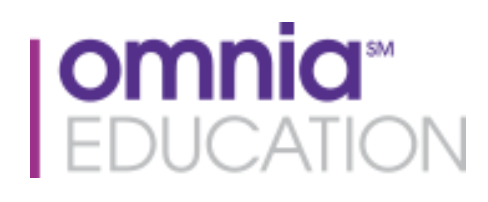Free CME
76 - 76 of 76 results
-
UNAVAILABLE
Omnia Education (Women’s Health CME)
Popular activities include:
• Treatment of the Woman with Refractory Overactive Bladder
• Diagnostic Testing for Rupture of Membranes:
• Performance of ROM Diagnostics in Clinically Relevant Populations
• Updates in HPV Testing and Genotyping
• Screening and Maternal Fetal Rh Incompatibility
• HPV Screening & Testing
• Managing Osteoporotic Fracture RiskTarget Audience: Physicians focusing on OB/GYN, Internal Medicine, and Family Medicine.
See full details chevron_right- Cost: Free
- Credit hours: Varies depending on course
- CME credits awarded by: Omnia Education
- Format: On-Demand Online


